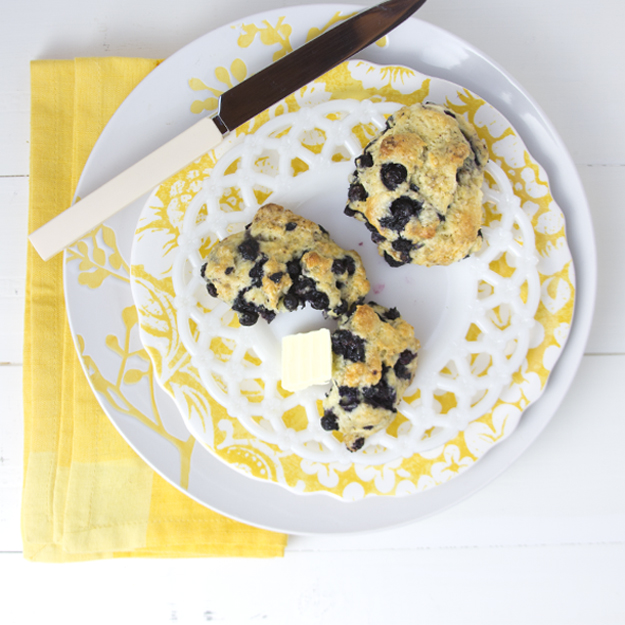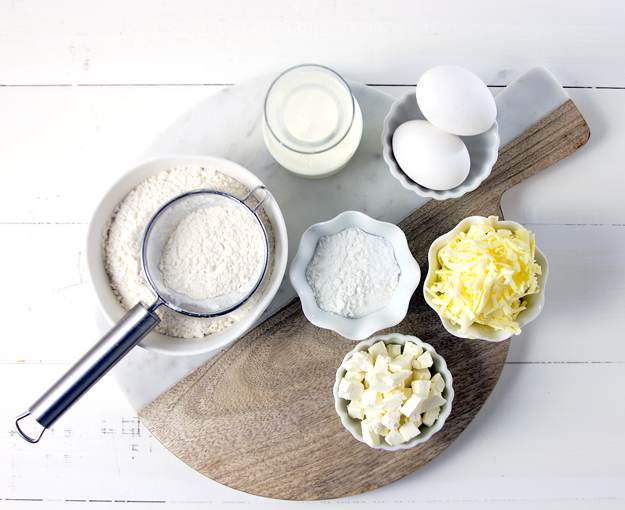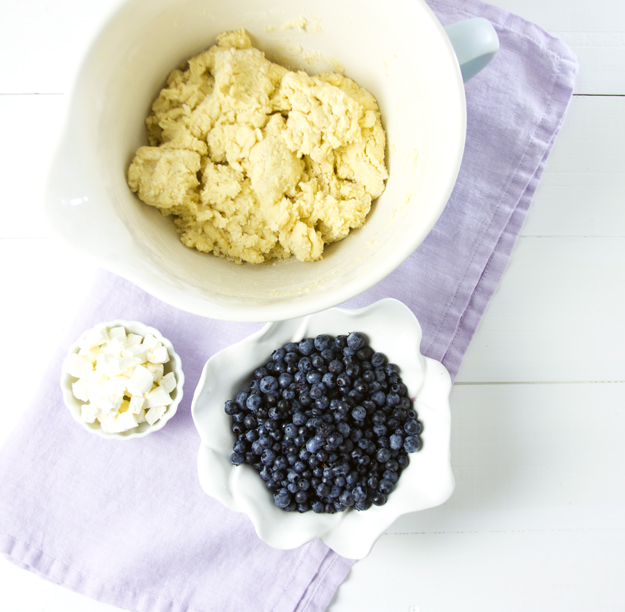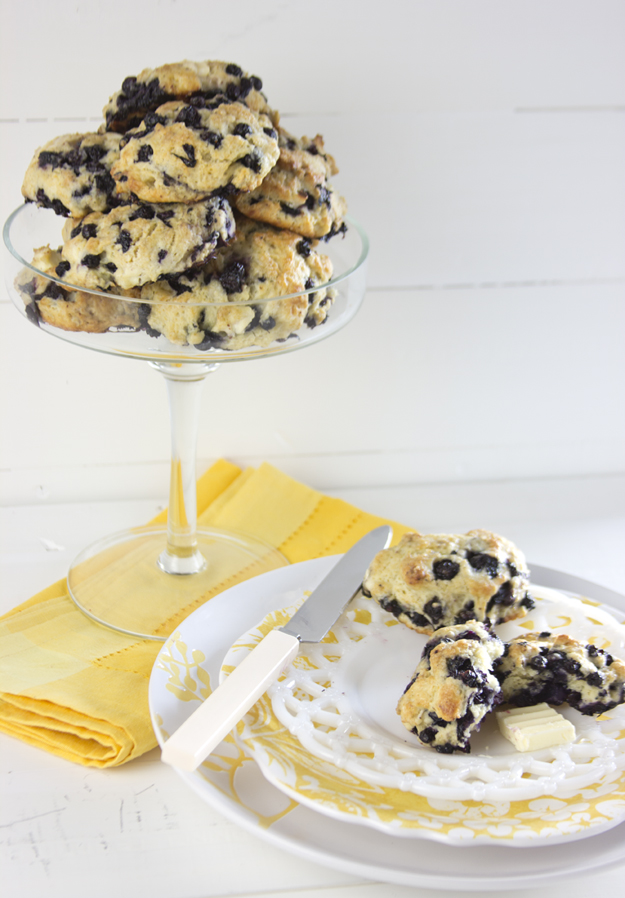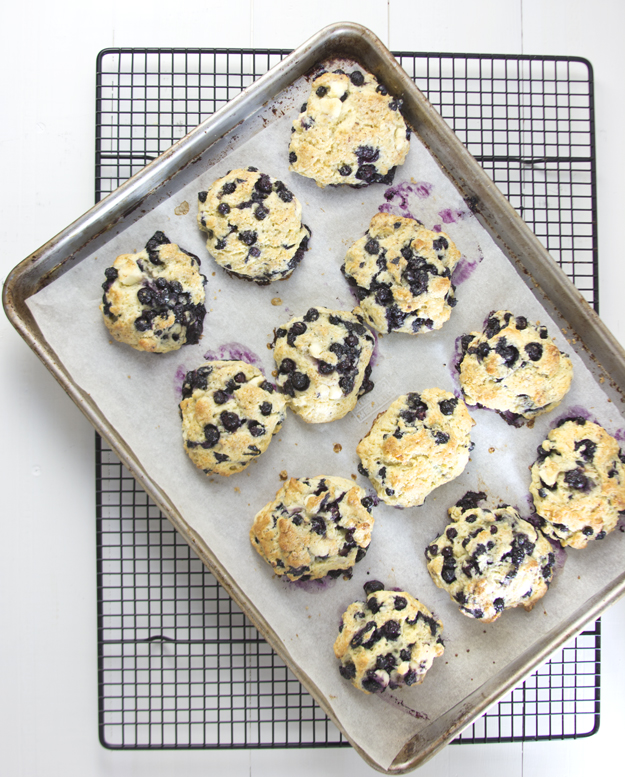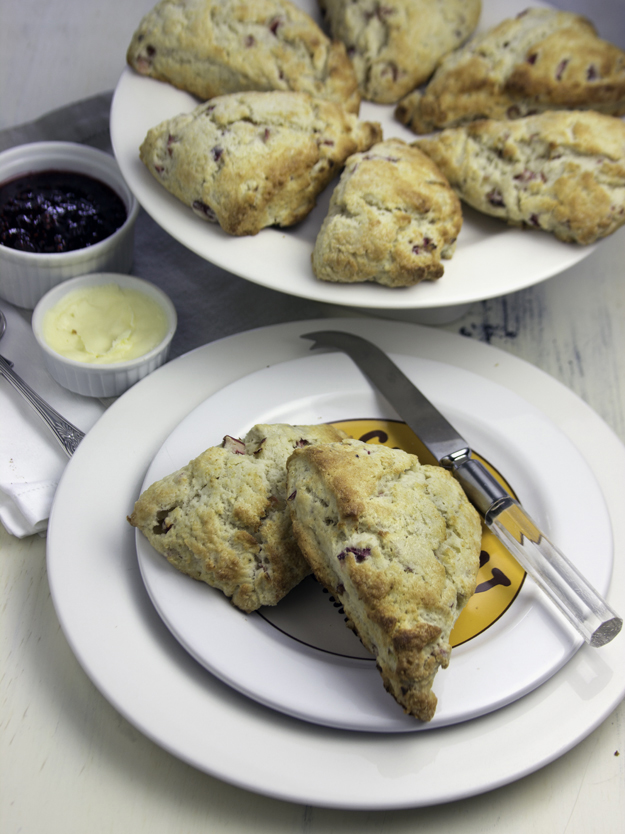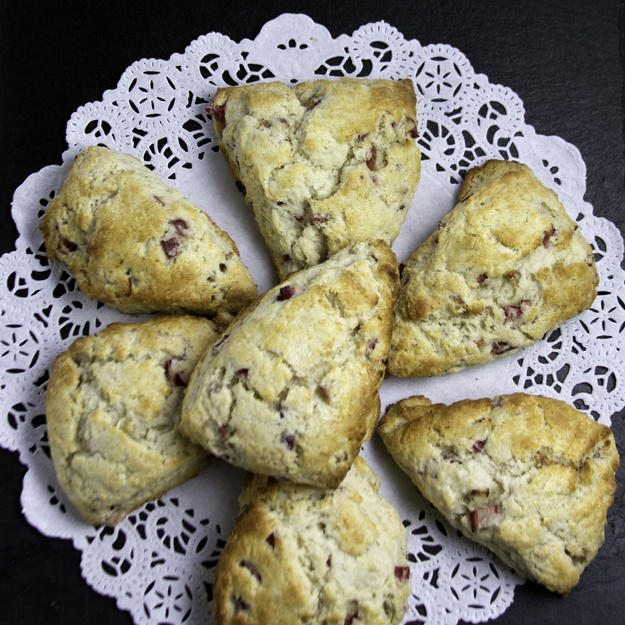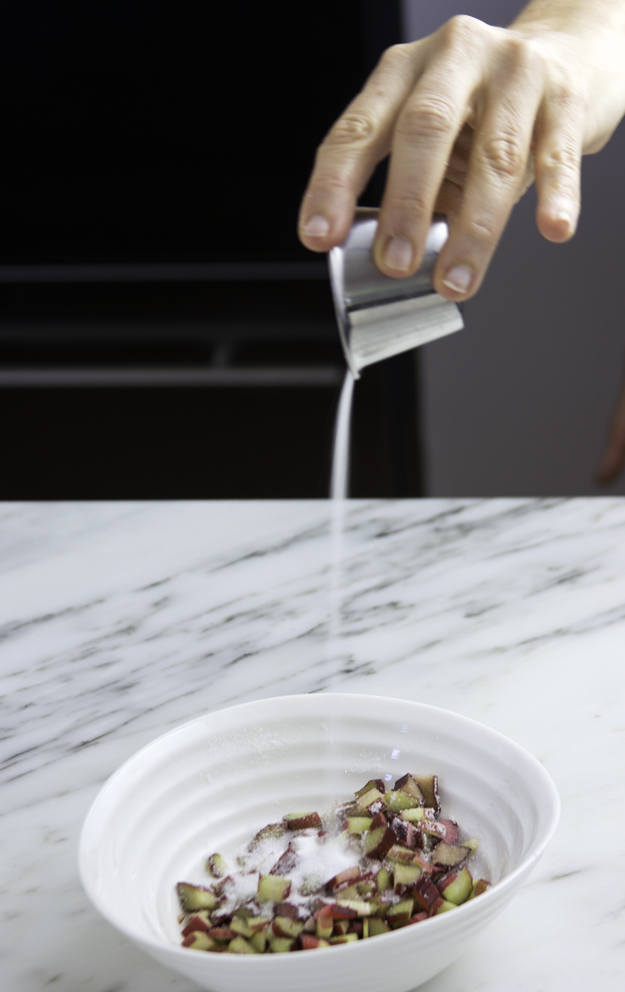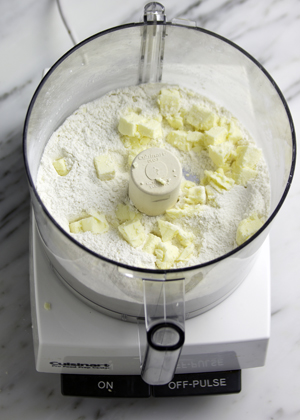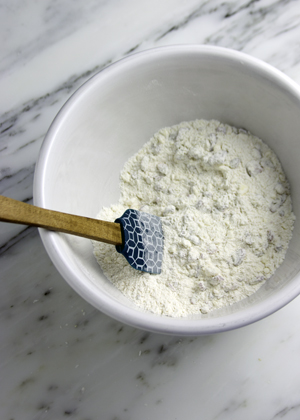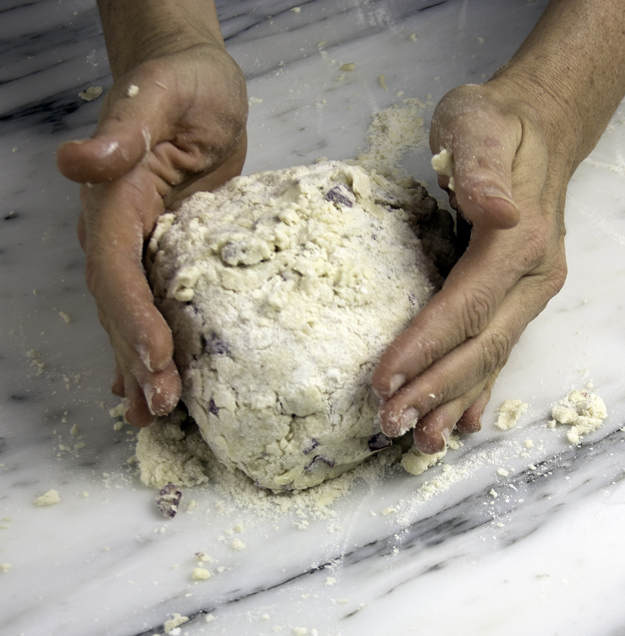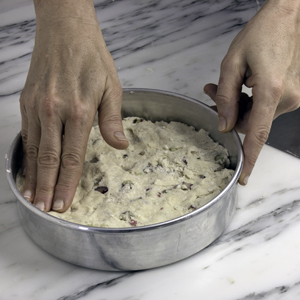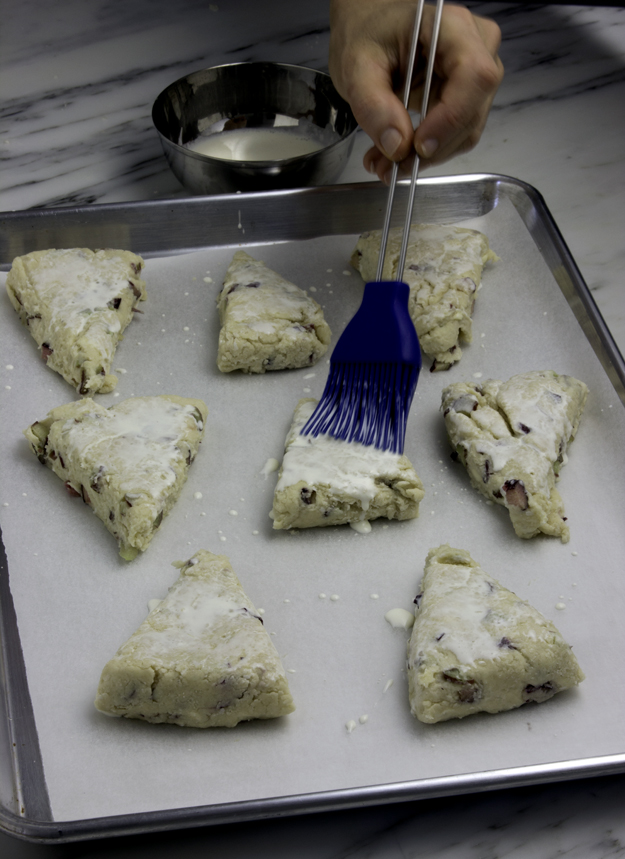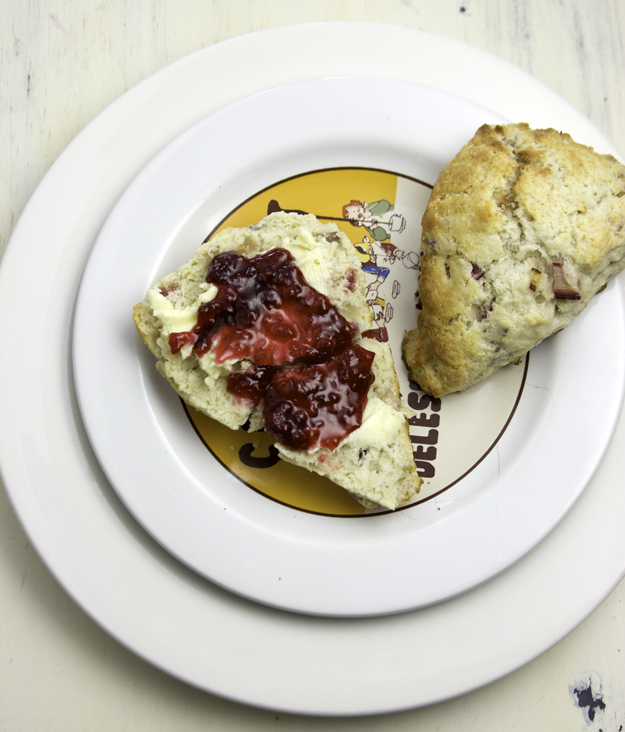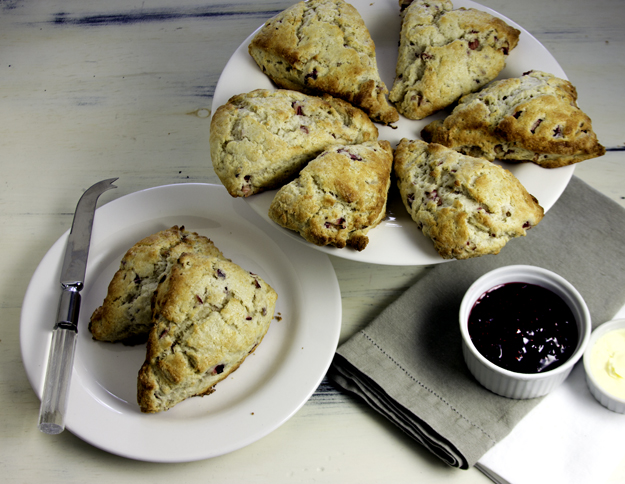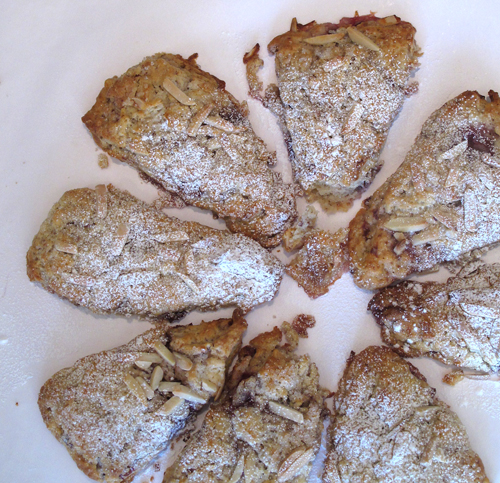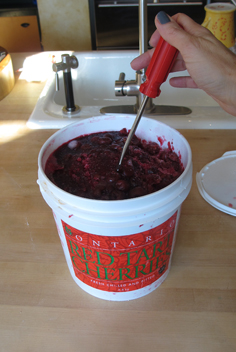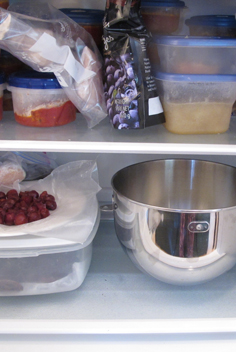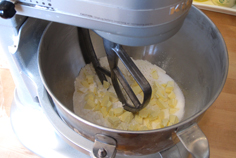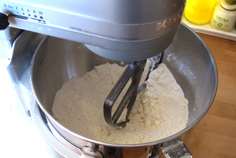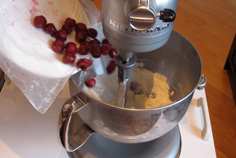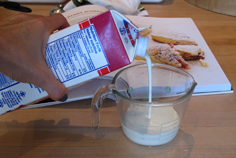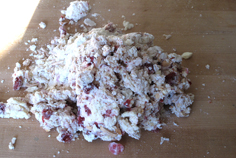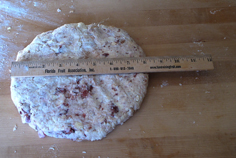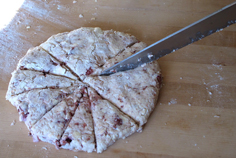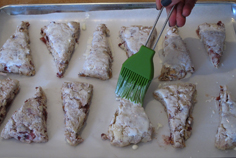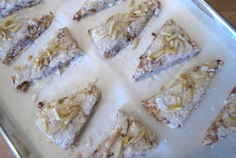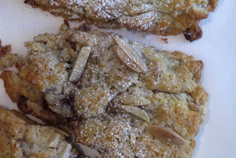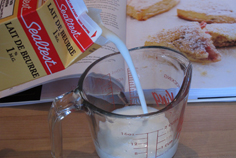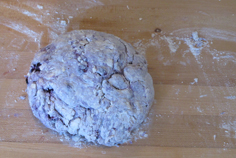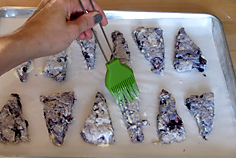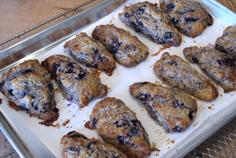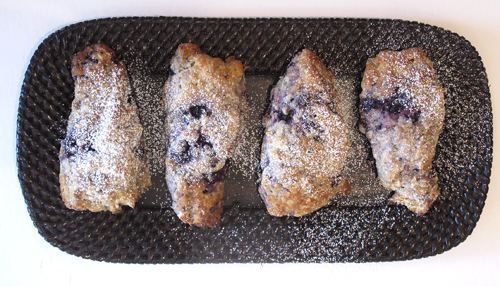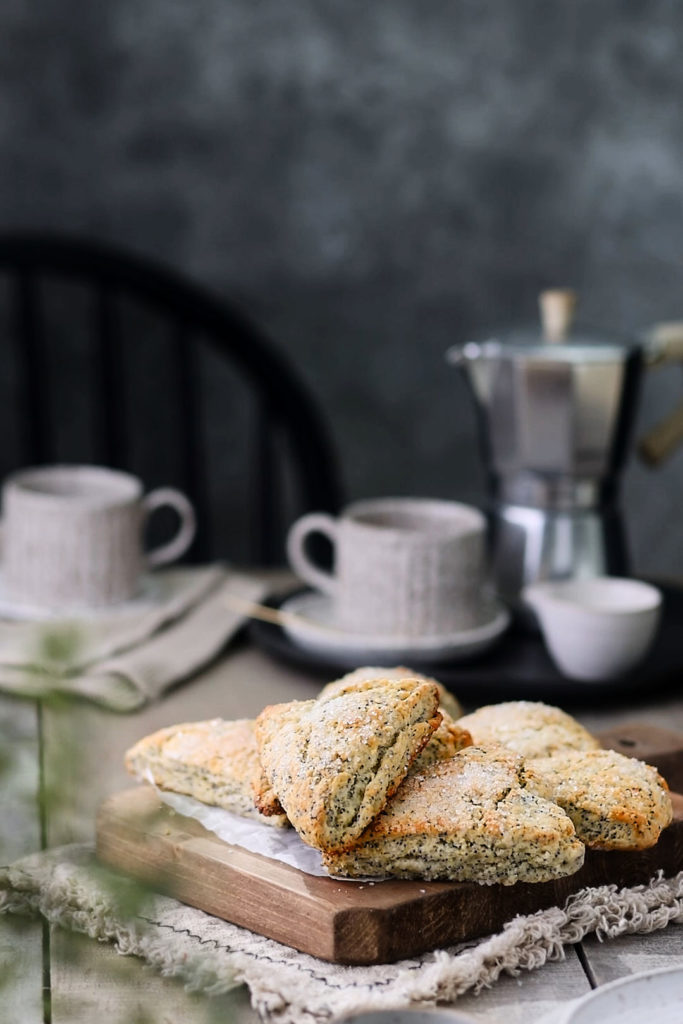
Our annual sojourn with our friends, The Grizzlies, commenced right after Labour Day. We had been on a several year hiatus because of the pandemic, but in early September we visited Gros Morne Newfoundland. On the West coast of the province, it is home to some of the most breathtaking fjords and coastal landscapes in Canada. It has been on my husband’s bucket list for quite a while now.
The Grizzlies is not their real name. It’s our nickname for them, to protect their identity. They are such fabulous travelling companions, I worry that if I reveal their identity, others will want to travel with them and they will never be free to travel with us. I mean, Mr. Grizzly travels with a Costco sized bag of twizzlers, 3 different flavours of potato chips and Monkey 47 gin. Who wouldn’t want to be his travel companion?
This was our second trip to Newfoundland with the Grizzlies. If you’re curious, you can read more about our adventures together in St Johns and Fogo Island.
This time we stayed at the charming Neddies Harbour Inn, in Norris Point.
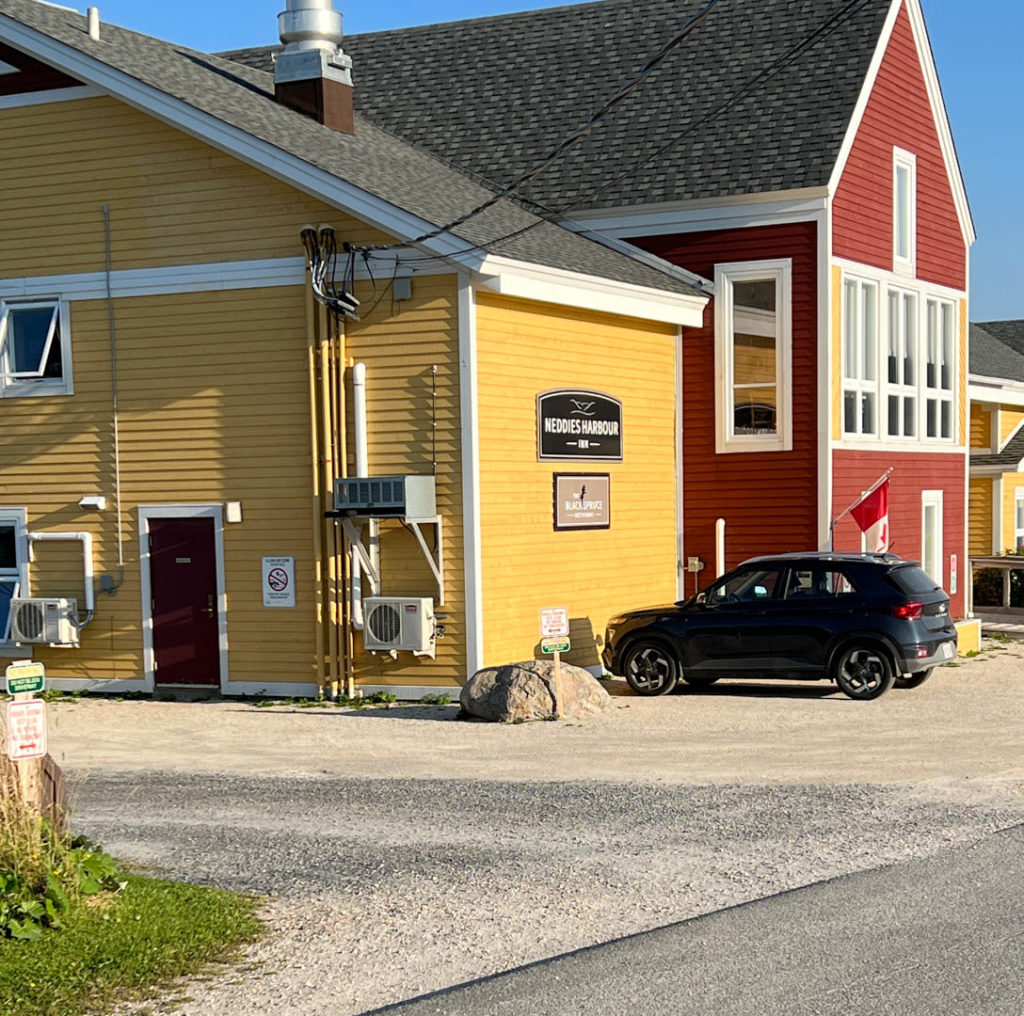
Through our travel agent, we worked with Kathryn of Gros Morne Adventures to plan an action packed 3 day trip filled with hiking, kayaking and touring.
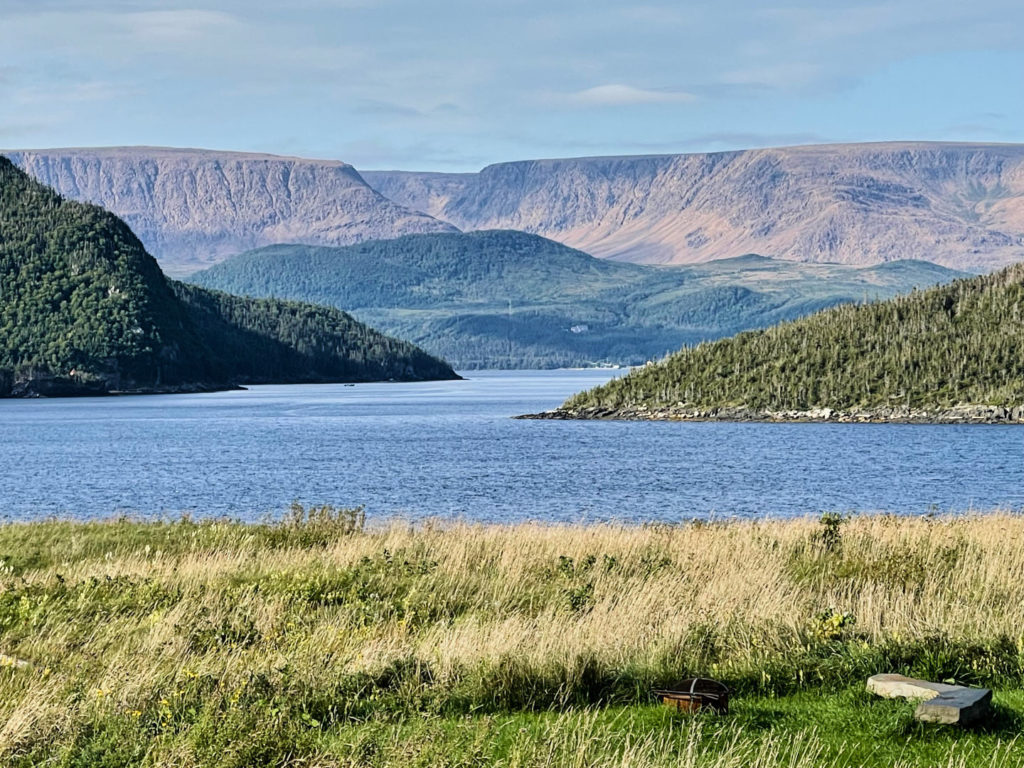


Neddies Harbour Inn is home to The Black Spruce Restaurant, where Chef Jason Lynch is cooking up some of the most delicious food I have eaten in a long while. While he is a wizard with cod and all nature of seafood, his breakfast scones just blew me away.
Can we chat for a few minutes about the anatomy of a perfect scone? If your eyes are beginning to glaze over, feel free to jump straight the recipe.
- A perfect scone should be tall, light and flaky.
- The interior should have a soft and tender texture. It should not be doughy or stodgy or claggy.
- The exterior should have crisp, crumbly edges.
Luckily for us, Chef Jason shared his recipe and method for making perfect scones. Here is how they come together:
Tips for success:
- Using frozen butter in the dough is key to flaky tall scones. The easiest way is to grate the frozen butter into the dry ingredients, using the large holes of a box grater. When mixing the dough, use your forefinger and thumb to flatten out the grated butter into thin slivers. When the dough hits the hot oven, these slivers of butter will melt, releasing water which creates steam. That steam causes the dough to rise, forming air pockets, which then result in majestic flaky layers.
- Don’t knead the dough. You will see in the video that the dough is quite shaggy. That is what we want. I have used the process of “lamination” to get flaky layers. Essentially I folded the dough over onto itself, like a letter before stuffing it into an envelope. This builds layers. Repeat this folding 2-3 times.
- Don’t spread the scones too far apart when arranging them on the baking sheet. About 3/4″ space apart is perfect. This encourages them to rise nice and tall. They essentially support each other during baking.
- Pop the scones into the freezer for about 10 minutes before baking. This will firm up the butter and prevent the scones from slumping.
- Brush scones with a bit of heavy cream and sprinkle with coarse white sugar or turbinado sugar, for a crunchy exterior.
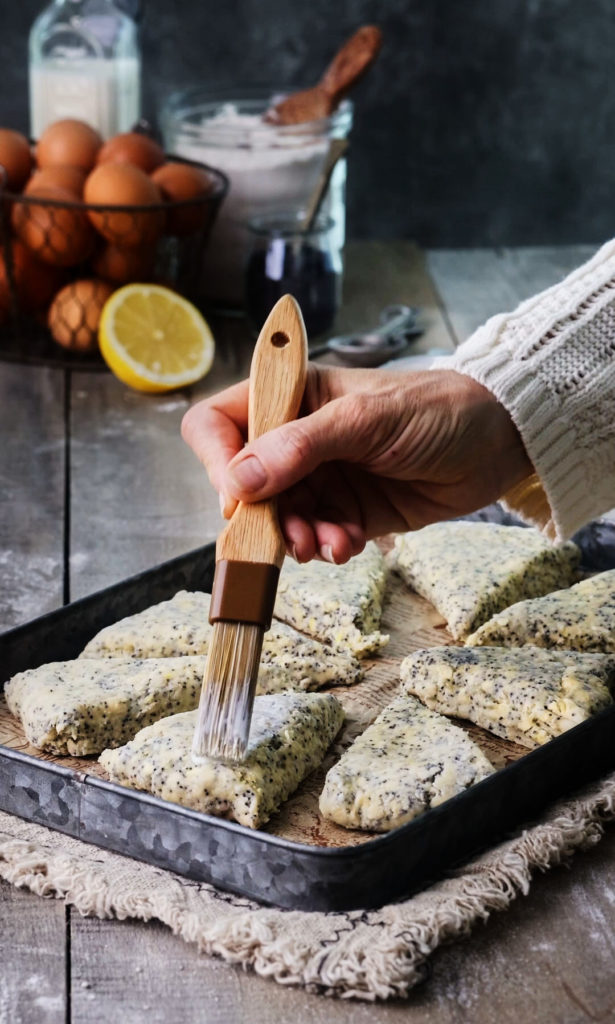
I flavoured my scones with lemon zest and poppyseeds. Feel free to get creative with your flavours.
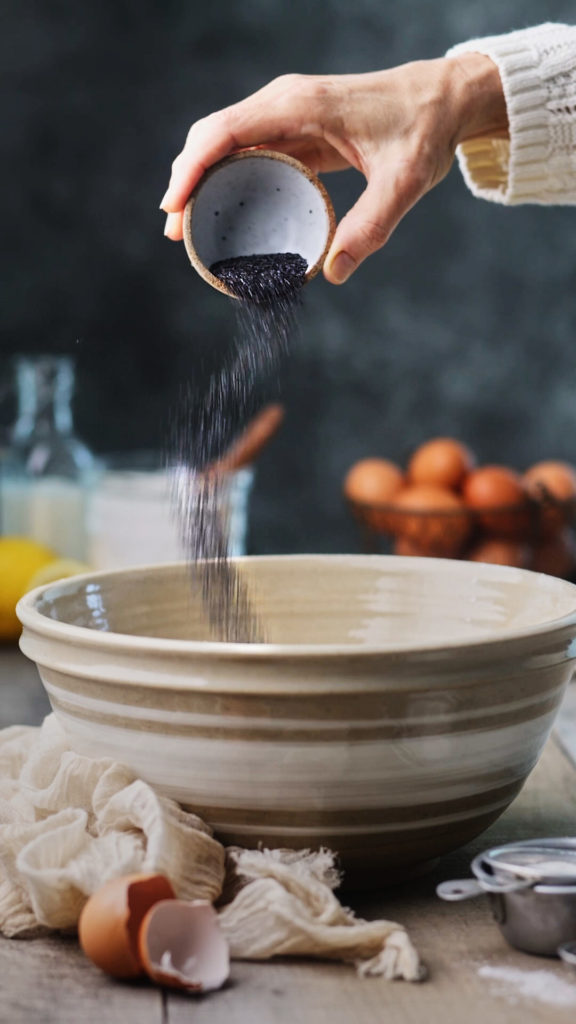

Click here to print recipe for Lemon Poppyseed Scones.

